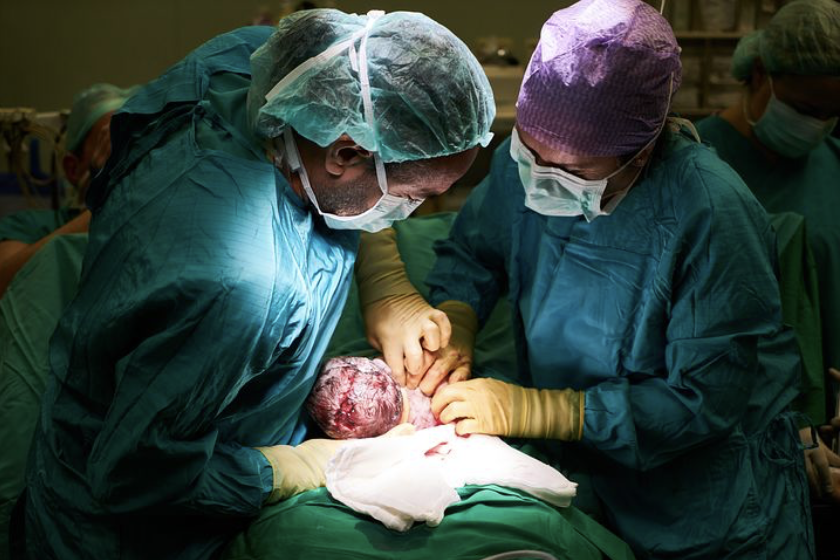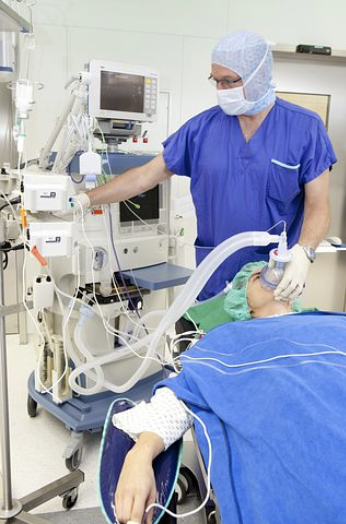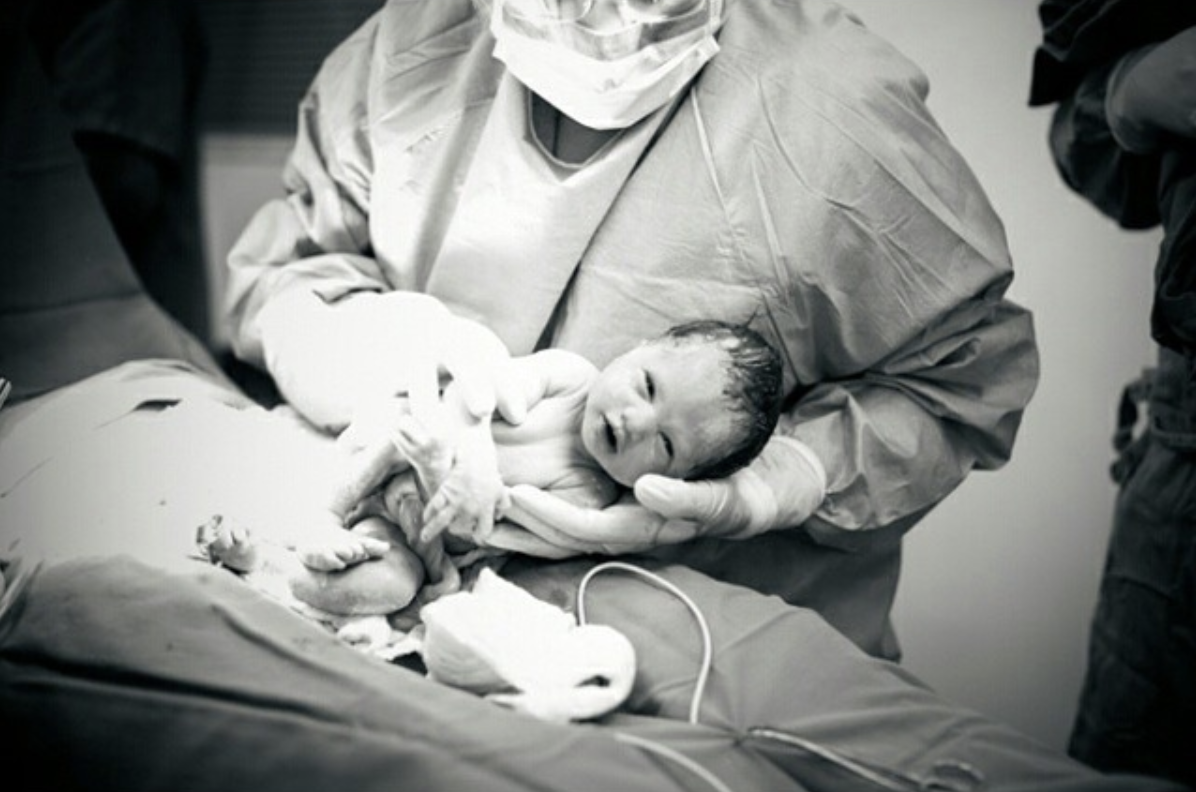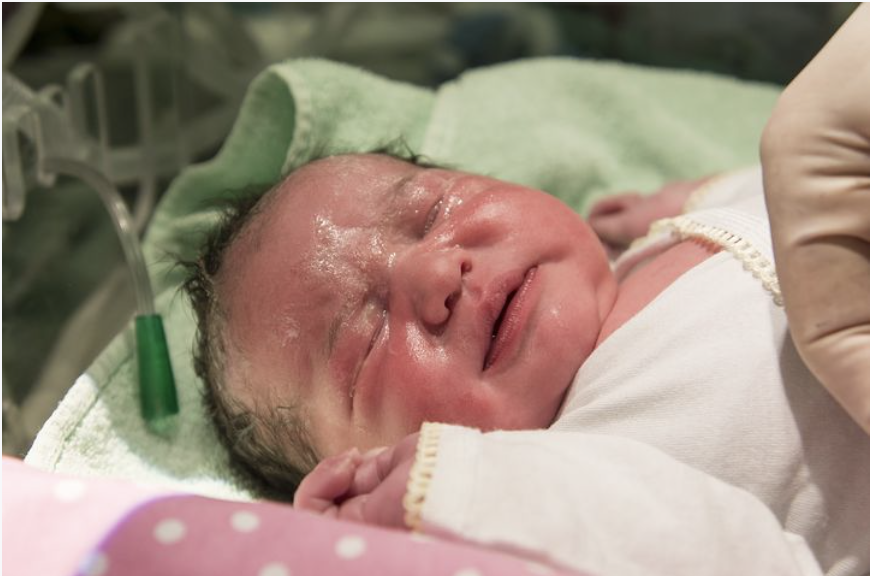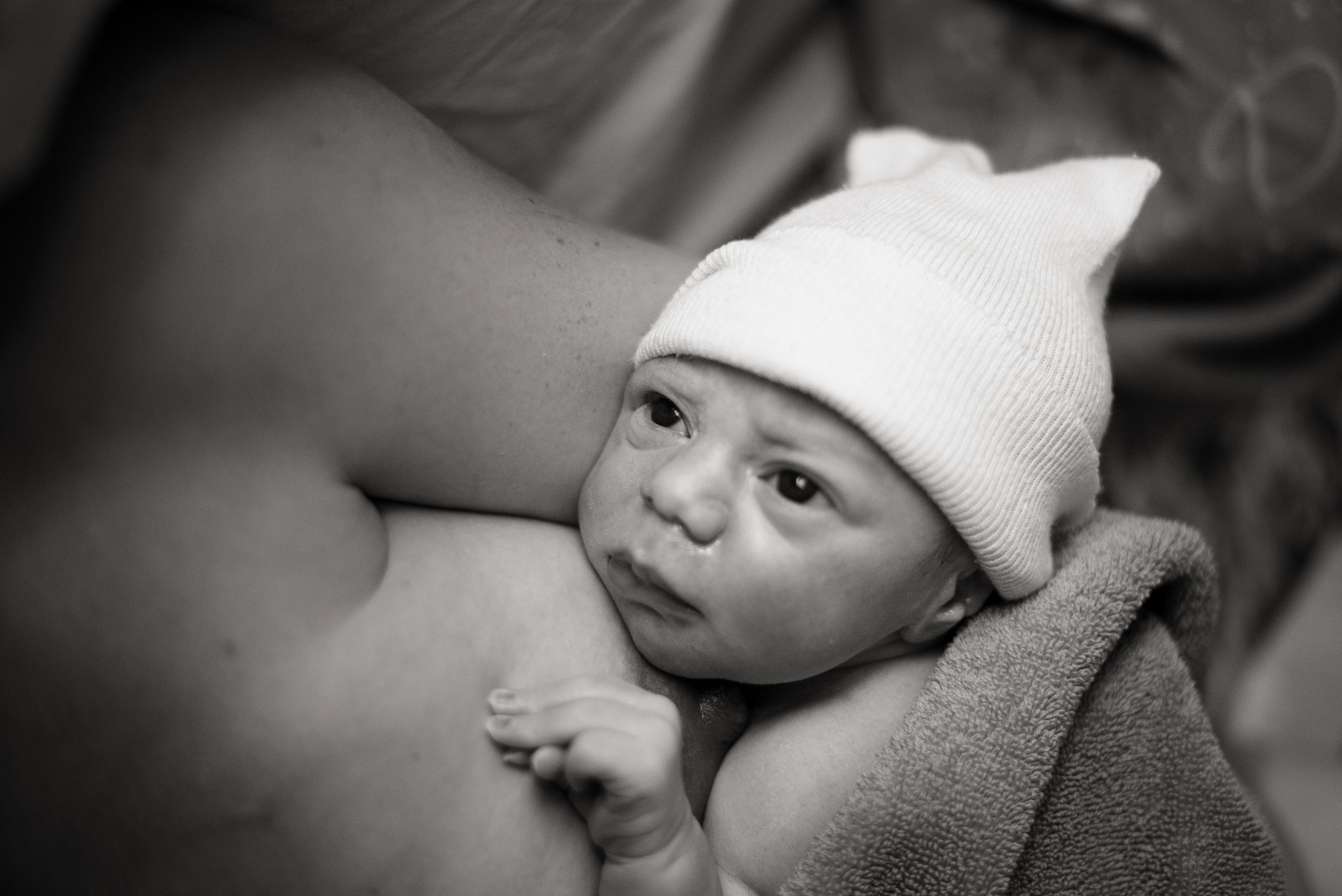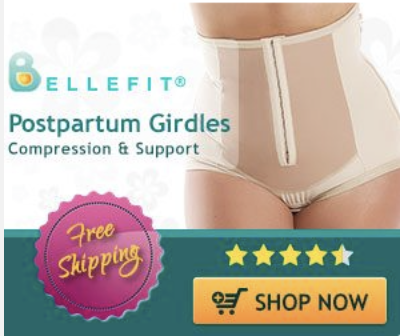“My first birth was a natural birth gone wild - my sons leg came out after 24 hours of natural labor - - so this VBAC was soooooo healing for me!!!!
I still cry thinking about both births!” Kimberly Spair of Reclaimers of Health
Here is a glimpse into my birth story, written by Birth Doula https://philadelphiabirthdoulas.com/
VBAC baby girl arrived on November 9 after 48 hours birthing!! (Vaginal birth after cesarean!) Past her October guess date it began November 7 at 8 pm and after exactly 48 hours of unmedicated birthing, Hypno-baby Braelyn Mae arrived our world at 7:55 pm naturally at 9 lb 4 oz. After over a day of consistent pressure waves (contractions) exhausted still at 4cm, mom released her emotions and fears about a repeat cesarean. Her first birth was scary and traumatic. She expressed her fears and replayed trauma of her first birth with us. We honored her, we reminded her that this is a new beautiful birth, and that she was doing it.
Birth was filled with beautiful intense emotions, physical challenges, consistent counter pressure, and mom continued to change positions, in and out of the birthing tub, using her natural instincts and accepted every suggestion to birth her baby. Mom pushed for 4-5 hours and then her moment was here… she reached down and their beautiful baby girl was in her arms.
“Fear is what got me through. I was MORE afraid of a c-section and more trauma. My birth was extremely hard-but not traumatic! I guess I can say “old fear” because I had very little fear of going naturally.” She shared and released her fears with us although what WE saw throughout her entire birth was fear that she overcame with COURAGE, STRENGTH, DETERMINATION, AND CONFIDENCE.
It was an honor and joy to be part of this special family’s beautiful birthing. They mean so much to me. We were fortunate to have a calm, supportive environment and to work with an incredible midwife. All birth is beautiful, all birth is unique. Going on 6 years as a doula this birth experience was truly unique to any birth I’ve had the opportunity to support. I can’t possibly describe this 2-day birth in an announcement. One strong mama! Mama, You inspire me and I thank you for inviting me in to be a small part of your pregnancy and birthing journey. So proud of you. You did it! Thank you for sharing your birth as I know you inspire many other families. Congratulations to a very special family of four. #VBAC #Hypnobabies #unmedicatedbirth #VBACaccomplished #VBACthat #wowbirth #ilovewhatidoula
Was your birth upsetting or traumatic? Do you have more questions about processing your birth and need help healing? Arrange some time to chat with me. I’d love to answer your questions and help you heal and get yourself back - I have a program specifically for you, that can also include this revolutionary and profound natural healing modality called Clarity Breathwork. Helping women heal from birth trauma is one of my passions and areas of expertise.
This is why excellent childbirth education is a must, why planning for your birth is so important today, and is a major reason why I created my Love Your Birth course. It is a comprehensive online course that teaches women what they need to know about planning and carrying out the birth that they want in all settings - the hospital, birthing center or at home. It’s a course on how to have a holistic, healthy pregnancy for the body, mind, and soul - and is how I have guided thousands of women and their families in my midwifery practice for over 21 years. It contains a rolodex of my favorite resources with over 200 of the best books, movies and supplies I use personally and professionally with my clients, family & friends. Even diving into a fraction of this list will have you feeling empowered and prepared for conception, pregnancy, postpartum and parenting...It includes resources on improving and even ensuring ensuring healthier pregnancy and birth outcomes than the status quo, and preventing and healing from birth trauma so prevalent in the modern world! Be prepared to do some research on your own, but knowledge restores your power. I also help you prepare your mindset for such a task, to debunk myths, and to reframe any current ideas or conditioning about pregnancy and birth that can use a change in perspective or that are simply incorrect and do serve you. After finishing the course, the idea is that you are now able to create and have the healthy, beautiful and empowering pregnancy and birth that you want.
You can get a free nugget from my course - all about creating your ideal birth plan here. A huge part of preventing birth trauma is getting clear your birth preferences, knowing the pros and cons about all the tests and procedures, all the interventions your may be faced with, so you can make informed decisions - rather than simply give over your body, your choice and voice to your health care providers and institution you choose.
In looking for that supportive birthing space I talked about earlier, seek care providers and settings that have a low intervention rate (low rates of medical interventions like inductions and epidurals, low rates of cesareans, etc.)—their practices are more likely to be in line with your goals.
I have a holistic approach to life, including healing after pregnancy and birthing. Nothing replaces abdominal toning and exercise for restoring muscle strength and tone - which I encourage for all mamas as soon as they feel up to it postpartum. Nothing replaces touch, slow deep abdominal breathing, and a 'love your postpartum body' perspective that I promote. But I have found many mamas simply feel comforted by this support garment, especially early postpartum and temporarily as needed....to be used without forfeiting abdominal toning and strengthening exercise, breathing well and touch. I have found Bellefit supportive garments to help like they use belly binding around the world such as in Indonesia. They do aid in early postpartum healing and provide support many mamas feel comforted by. I deal with human beings and the reality is many postpartum mom's struggle with body image, feel frustrated that getting back to themselves takes longer than expected. Being into holistic health and healing includes being sensitive to real human struggles - the mind, body, heart and soul of each person and their unique situation. Having helped countless women with these issues after having a baby as a midwife, I have found many still love that binding and feel better with this support, and ability to fit into their pre-pregnancy clothes comfortably and sooner than they would if they went through a C-section or natural childbirth recovery without it - especially when they have to dress up and fit into a certain favorite outfit for a special occasion or wedding not long after having a baby.







